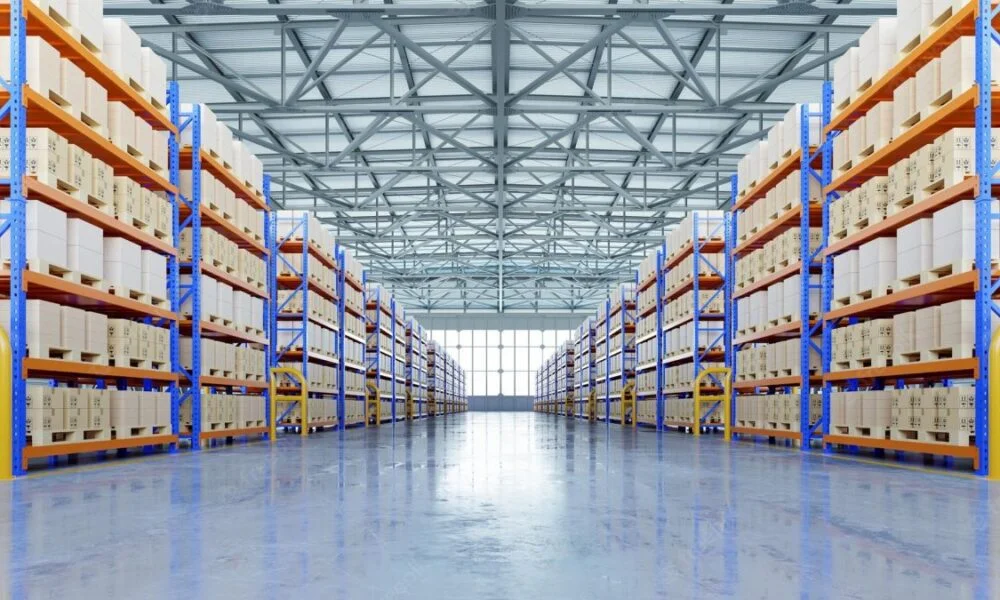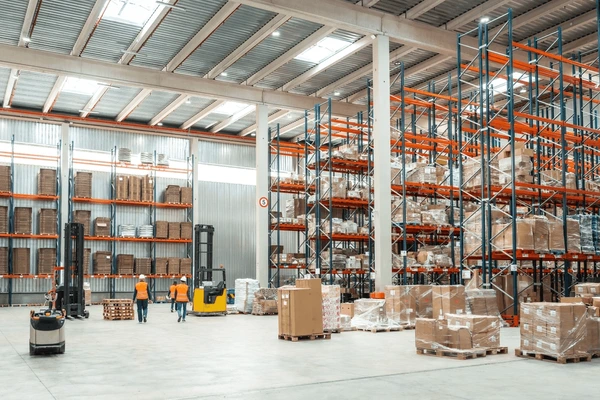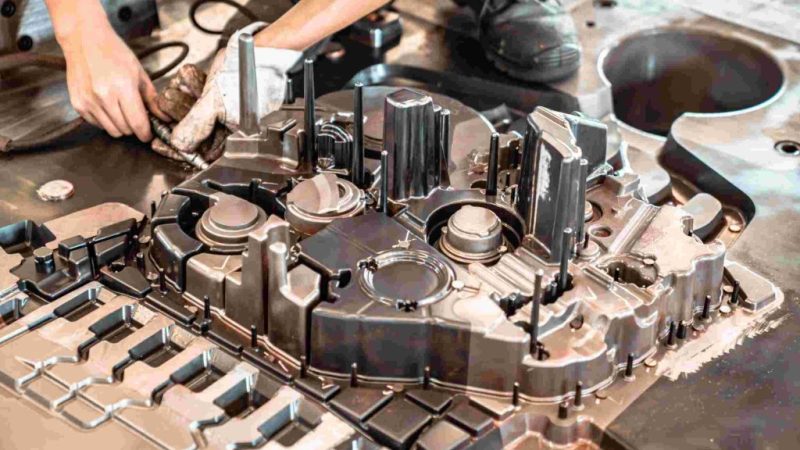The Cosmic Art of Organising Space: A Singapore Story

NTL Storage represents a peculiar manifestation of human ingenuity, a response to one of the most fundamental challenges our species has faced since we first gathered possessions: how to arrange the material world within the constraints of finite space. In Singapore’s industrial districts, where warehouse racking systems rise towards the ceiling like steel forests, we witness a small but telling example of humanity’s capacity to solve problems through engineering and imagination.
Consider for a moment the extraordinary nature of what we call storage. We are a species that accumulates things, that values the ability to preserve what we create and protect what we gather. From the granaries of ancient Mesopotamia to the vast distribution centres of contemporary commerce, the story of human civilisation includes this persistent thread: the organisation of matter in space and time.
The Geometry of a Small Island
Singapore occupies 728 square kilometres on our planet’s surface, a tiny fraction of Earth’s 510 million square kilometres of total area. Yet within this minute territory exists one of humanity’s most sophisticated commercial ecosystems, a node in the global network of trade and manufacturing that connects billions of people across continents.
The constraints are absolute. Unlike larger nations that can expand industrial zones into previously undeveloped land, Singapore must work within fixed boundaries. Every square metre devoted to warehousing means one less square metre available for housing, recreation, or natural preservation. This creates a kind of forced efficiency, a necessity that drives innovation.
NTL Storage operates within this reality, having accumulated “20+ years of experience” providing “full-service storage and space solutions, from analysis to installation, across racking, mezzanines and more.” These systems represent applied physics, engineering solutions to the problem of maximising volume within constrained area.

The Third Dimension
We live in a three-dimensional universe, yet humans often think in two dimensions when considering space. A warehouse floor plan shows length and width but rarely emphasises the vertical dimension that extends from floor to ceiling. This represents a kind of perceptual blindness, an inability to see opportunity in the dimension we overlook.
NTL Storage systems exploit this third dimension through various configurations:
• Selective Pallet Racking
Metal frameworks creating multiple horizontal planes stacked vertically, each level independently accessible
• Mezzanine Platforms
Intermediate floors suspended within warehouse volume, effectively doubling usable surface area without expanding the building footprint
• Very Narrow Aisle Systems
Reducing horizontal spacing between storage columns, achieving 40% to 50% greater density within identical floor area
• Cantilever Racking
Engineered supports for lengthy materials, accommodating the geometry of items that do not fit conventional rectangular storage
Each system reflects careful consideration of forces, loads, materials, and access requirements. The physics involved is the same physics that governs the formation of galaxies and the behaviour of atoms, Newton’s laws applied to the practical problem of storing pharmaceuticals or automotive parts.
The Economy of Scarcity
In Singapore’s industrial property market, space commands premium prices because scarcity creates value. Rental rates ranging from $1.80 to $3.50 per square foot monthly translate to substantial annual costs. A business occupying 10,000 square feet might pay $300,000 yearly for the privilege of having shelter over its inventory.
These economic pressures drive the adoption of vertical storage solutions. When a mezzanine installation costing $100,000 can double storage capacity and eliminate the need for additional rental space costing $150,000 annually, the mathematics become compelling. This is efficiency born of necessity, innovation emerging from constraint.
The company notes that their “dedication to service excellence and client satisfaction has made us a trusted partner helping businesses islandwide optimise their spaces.” In the language of economics, this means they solve a problem that businesses cannot afford to leave unsolved.
Universal Principles
There is something almost poetic about the fact that the same species that gazes at distant galaxies and contemplates the nature of spacetime also devotes considerable effort to the efficient arrangement of pallets in warehouses. Both endeavours reflect the same underlying capacity: the ability to perceive patterns, to understand relationships between objects in space, and to apply systematic thinking to practical challenges.
NTL Storage systems, viewed from this perspective, represent a small but genuine triumph of human problem-solving. They demonstrate that we can work within absolute physical constraints and still find room for growth, that creativity and engineering can overcome limitations that initially appear insurmountable.
The Interconnected Web
Every warehouse in Singapore connects to a larger network. The pharmaceuticals stored on one racking system travel to hospitals and clinics. The automotive parts on another find their way into vehicles throughout Southeast Asia. The electronics components resting on a third level eventually become devices that connect people across continents.
Storage systems are not isolated infrastructure but nodes in the vast web of global commerce. They enable the movement of goods, the delivery of products, the functioning of supply chains that span oceans and link distant communities. In optimising these systems, we improve the efficiency of the entire network.
A Worthy Application
We are, all of us, temporary arrangements of matter and energy, residents of a small planet orbiting an ordinary star in the outer reaches of a typical galaxy. The time we have is finite. The resources available are limited. How we choose to organise ourselves, how efficiently we use what we have, these decisions matter.
In Singapore’s industrial estates, the vertical racking systems and mezzanine platforms installed by NTL Storage represent one small answer to one specific challenge. Yet in addressing this practical problem, in finding ways to do more with less, we exercise the same faculties that have carried our species from caves to cities, from ignorance to understanding. For businesses seeking to optimise their warehouse operations and explore innovative storage solutions, click here.







